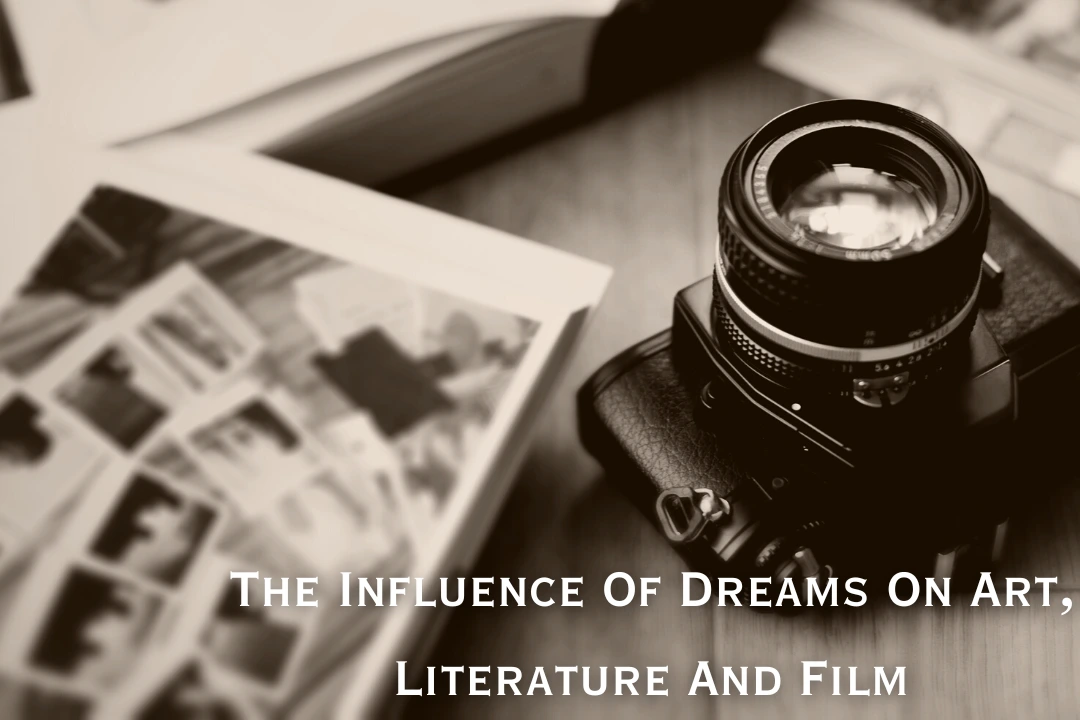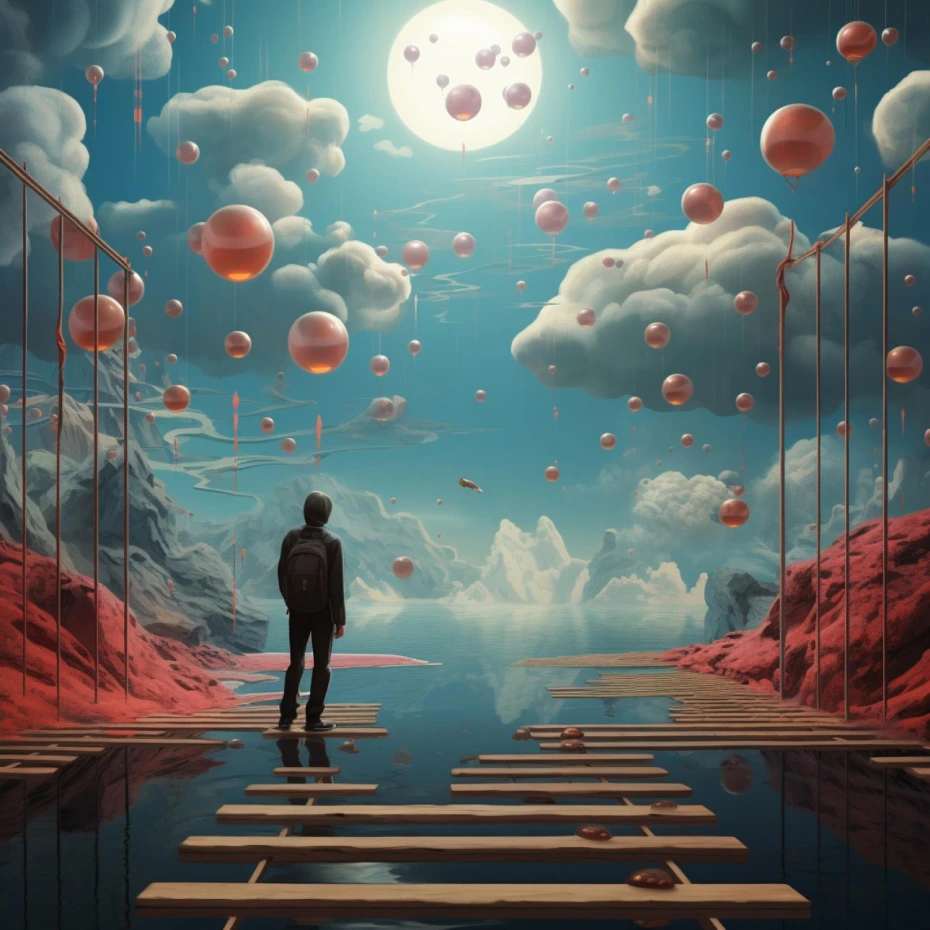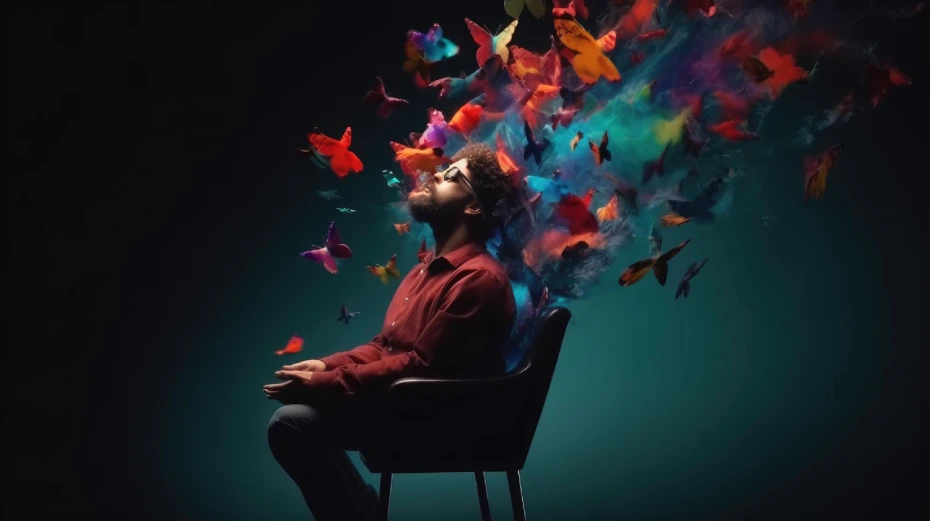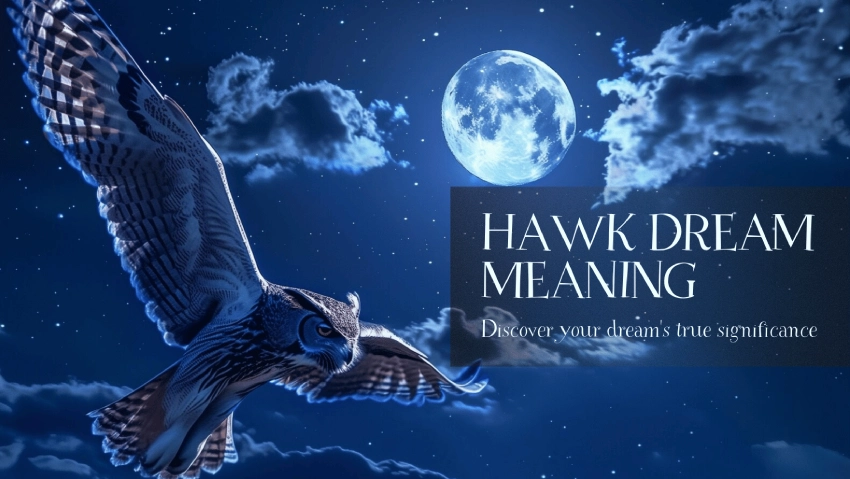The Influence Of Dreams On Art, Literature And Film

Humans have always found mystery, fascination, and inspiration in their dreams. From ancient civilizations to present times, dreams have impacted art, literature, and movies in many ways. They provide us a glimpse into our subconscious brains and offer limitless opportunities for creativity. In this essay, we’ll look at the world of dreams and how they’ve influenced various kinds of expression throughout history. Join us on an enthralling tour of dream-inspired art, literature, and film.
The Meaning of Dreams
For millennia, people have been fascinated by and debating the meaning of dreams. Dreams are primarily the consequence of our brain’s activity while we sleep, yet their relevance extends beyond simple neurological processes. Dreams, according to psychoanalytic theory, serve as a window into our unconscious mind, revealing suppressed urges or fears that we may not be aware of when we are awake.
Depending on cultural circumstances and personal experiences, dreams can take on numerous forms and meanings. Some cultures, for example, regard dreams as a sort of connection with ancestors or spiritual beings, while others regard them as omens or prophetic visions.
Dreams are frequently analyzed in modern psychology using a range of methodologies, such as cognitive psychology, neuroscience, and dream interpretation therapy. However, because dreams are subjective, it is difficult to provide clear explanations for their meaning.
Despite this ambiguity, artists throughout history have exploited the symbolism and imagery found in dreams to create amazing masterpieces that encapsulate the essence of human experience. In fact, dreams have had such an impact on art that they have become inextricably linked to artistic expression.
The Importance of Dreams in Art, Literature, and Film
Artists, writers, and filmmakers have long drawn inspiration from their dreams. They provide a rare look into the subconscious mind, where everything is conceivable. Dreams are frequently regarded as a means of exploring our deepest wants and fears.
Dreams have been utilized in the art to convey both abstract and tangible notions. Surrealist painters like Salvador Dali and Rene Magritte used dream imagery in their paintings to challenge preconceived concepts of reality. Similarly, contemporary artists such as Yayoi Kusama use dream-like patterns in their works to create immersive experiences that encourage spectators to enter a different realm.
Throughout history, dreams have had a significant impact on literature. From ancient myths and legends to contemporary books, authors have used the bizarre elements of dreams to write stories that capture the imaginations of their readers. In plays like “A Midsummer Night’s Dream,” writers like William Shakespeare explored themes of love and desire through dream sequences, whilst science fiction authors like Philip K Dick used dreams as a vehicle for investigating different realities.
Films can be an extremely effective tool for delving into the world of dreams. David Lynch, for example, uses dream-like images in his films to create uncomfortable atmospheres that blur the line between reality and fiction. Furthermore, horror films frequently use nightmare sequences to tap into universal fears about death or loss.
It is obvious that dreams influence creative works in all genres, from painting and literature to filmmaking skills. We may transform our innermost ideas into engaging storylines that resonate with audiences all across the world by tapping into our unconscious minds.
How Dreams Have Influenced Creativity Throughout History
Dreams have long served as a source of inspiration for artists, writers, and filmmakers. Dreams frequently act as a portal to the subconscious mind, revealing underlying wants or concerns that we may not know of in our daily lives.
Ancient Egyptian art has one of the first examples of dream-inspired creativity. The Egyptians believed that dreams were divine messages and frequently depicted them in paintings and tombs. They also employed dream interpreters to make predictions.
Artists such as Leonardo da Vinci used their dreams as inspiration for their work during the Renaissance period. Da Vinci believed that the Mona Lisa, his most renowned painting, was inspired by a dream in which he saw an alluring woman with an elusive grin.
Authors such as Mary Shelley used their vivid dreams to write one of the most classic horror books, Frankenstein, during the Romantic era. Edgar Allan Poe was another writer who was inspired by his own horrific visions to compose masterpieces like “The Raven.”
Dreams continued to impact creativity well into the twentieth century, as seen in films such as Alfred Hitchcock’s “Vertigo” and David Lynch’s “Mulholland Drive,” both of which rely largely on bizarre dream scenes.
The Different Movies on Dreams
Dream-inspired films have taken the modern film business by storm. Movies focused on dreams explore many themes and emotions that are intimately tied to our subconscious brains, ranging from science fiction to horror.
“Inception,” a film about a team of thieves who enter people’s dreams to steal their secrets, is one of the most iconic dream-inspired films. The film experiments with several degrees of reality within a dream, leaving the audience wondering what is and isn’t real.
Another noteworthy film is Guillermo del Toro’s “Pan’s Labyrinth.” The plot involves a little girl who escapes reality through her creative imagination and enters an uncanny world populated by supernatural creatures.
David Lynch’s “Mulholland Drive” examines the dark side of Hollywood through plot twists and turns. This neo-noir psychological thriller keeps viewers on edge, questioning what’s real, fiction, or a waking nightmare.
Other well-known films on dreams include Terry Gilliam’s “Brazil,” Christopher Nolan’s “The Prestige,” and Darren Aronofsky’s “Black Swan.” These films offer insights into how our subconscious influences our experiences in conscious and unconscious realms.
For generations, dreams have served as a source of artistic inspiration. Painting, literature, and film, for example, all allow us to explore the secret depths of our imaginations. Films about dreams captivate global audiences and will likely remain a popular filmmaking topic for years.
These films demonstrate the power of dreams in sparking creativity in filmmaking.
Dreams through various literature periods
Dreams in Ancient Literature
Throughout history, writers from many literary periods have drawn inspiration from their dreams. Dreams were frequently interpreted as messages from the gods in ancient Greek mythology, and they played an important role in epic poetry such as Homer’s Odyssey.
Shakespeare and Dreams
Dreams are utilized to explore topics such as love and identity in Shakespearean plays such as A Midsummer Night’s Dream. Bottom famously declares, “I have had a dream past the wit of man to say what dream it was.”
Romantic Poets and Dream Contemplation
Dreams provided inspiration for Romantic poets such as William Wordsworth, who used them as a source of creative contemplation. Wordsworth states in The Prelude, “Oh! Peace, compassion, and happiness! I hear the breeze in the trees/Playing his calming symphonies! /And Dreams that wave their purple wings/Like birds of Paradise that soar/On viewless pinions about me pour.”
Surrealism and Modern Interpretations
Dreams are still a source of creative discovery in modern literature. Surrealism is used by authors such as Franz Kafka in works such as “The Metamorphosis” and “In the Penal Colony” to explore dark psychological overtones. Dreams are also utilized to explore topics such as identity and solitude in works like Toni Morrison and Junot Diaz. Dreams have long inspired writing and will likely continue to motivate authors for years to come.
Influence of Dreams in the Romantic Period
Poets like Samuel Taylor Coleridge found inspiration from their own vivid dreams and nightmares during the Romantic period. His poem Kubla Khan is reported to be based on a dream he experienced after ingesting opium, which he quickly wrote down after waking up.
Contemporary Writers and Dream Inspirations
In more recent times, writers such as Franz Kafka elaborated in their works, such as The Metamorphosis, in which the main character wakes up changed into an insect. Contemporary authors such as Haruki Murakami, who has authored several novels that merge realism with fantasy elements inspired by his own vivid visions, continue to be inspired by dreams.
Enduring Influence of Dreams in Literature
Dreams have always been a significant source of inspiration for authors, regardless of the time. Dreams have served as a key literary device through various periods, offering insights into human psyche and imagination.
Conclusion
To summarize, dreams have clearly had a major impact on art, literature, and movies throughout history. For decades, artists and authors, from Salvador Dali to William Wordsworth, have drawn inspiration from their dreams.
Furthermore, artists such as Christopher Nolan and David Lynch have made films that investigate the complexities of dreams and their impact on our waking lives.
You cannot exaggerate the importance of dreams in creative expression. They provide a unique insight into our subconscious brains and an infinite number of art styles. The next time you sleep, remember your dreams might unlock your creativity.










